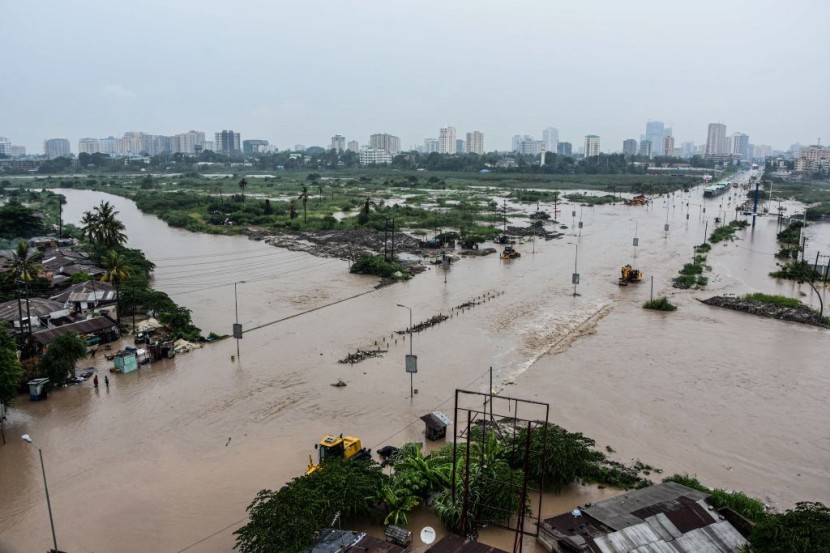An authority in the area reports that floods in northern Tanzania have triggered landslides that have resulted in at least 47 deaths and 85 injuries, with concerns that the number might climb.
This calamity struck the town of Katesh, located about 300 kilometers north of the capital, Dodoma, as reported by district commissioner Janeth Mayanja. Queen Sendiga, the regional commissioner in the Manyara area, confirmed these numbers, cautioning that the death toll might rise further, as per Al Jazeera.
Tanzania Hit by Tragic Landslides and Flooding

The landslides, which occurred near Mount Hanang's slopes, were caused by heavy rains that lashed the town on Saturday. The deluge not only claimed lives but also led to significant infrastructural damage.
Many roads were rendered impassable, blocked by mudslides and debris such as dislodged trees and stones. The flooding swept away livestock, a crucial source of livelihood for many in the region, adding to the community's woes.
Tanzania's President, Samia Suluhu Hassan, who was attending the COP28 climate conference in Dubai, expressed her condolences. She emphasized the deployment of increased government efforts for rescue operations.
The president's statement, issued online by the Tanzanian Ministry of Health, reflected the government's commitment to addressing this crisis.
The Tanzanian Meteorological Agency has issued warnings of continued heavy rains. This situation is particularly alarming given East Africa's recent transition from an unprecedented drought to weeks of torrential rains and flooding.
This shift in weather patterns is attributed to the El Nino phenomenon, a natural weather pattern known for causing global climatic disruptions. El Nino is characterized by increased global temperatures, leading to droughts in some regions and excessive rainfall in others, according to The Guardian.
Read Also : Italian Mafia 'Maxi Trial:' More Than 200 Convicted of Being Part of 'Ndrangheta Crime Group
Climate Change Fuels Extreme Weather in East Africa
The impact of climate change is evident in the increasing intensity and frequency of such extreme weather events. This year's El Nino cycle is expected to have its worst effects towards the end of 2023 and into the following year. The last significant El Nino event in 1997-1998 led to over 6,000 deaths in East Africa due to flooding.
This latest disaster in Tanzania adds to the growing list of climate-related calamities in the region. In May, Rwanda experienced similar catastrophic floods and landslides, resulting in the loss of at least 130 lives. Across East Africa, the ongoing downpours have displaced over a million people in Somalia and caused extensive damage to property and agriculture in Tanzania.
The situation has prompted African leaders to advocate for new global taxes and reforms in international financial institutions. These measures are aimed at funding action against the climate crisis, reflecting the urgent need for global cooperation in addressing these challenges.
Images broadcast on state television TBC depicted the severe impact of the floods, with numerous homes submerged and vehicles stranded in thick mud. The catastrophe has not only led to a humanitarian crisis but also poses a severe challenge to the region's infrastructure and economy.
As rescue and relief efforts continue, the international community's focus is drawn to the broader implications of climate change and the urgent need for concerted efforts to mitigate its effects. The tragedy in Tanzania serves as a stark reminder of the vulnerability of communities to environmental changes and the necessity of proactive measures to safeguard both human lives and ecosystems, Mail Online reported.
Related Article: Finland Accuses Russia of 'Instrumentalization of Immigrants'








